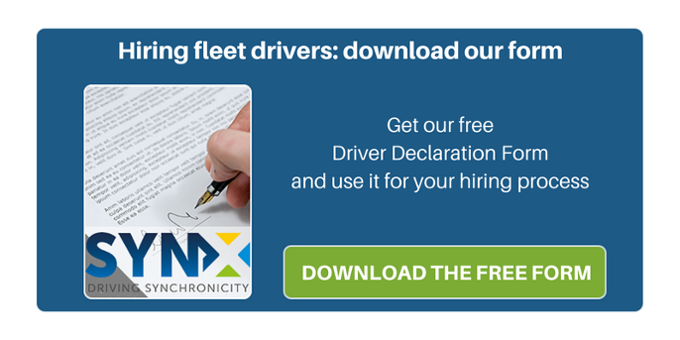
Hauliers, transport and logistics companies and all businesses utilising vehicles for work have already classified the lack of fleet drivers as the top challenge for the year in a recent survey by Paragon Software Systems published in the Commercial Fleet and HGV Ireland websites.
The ongoing driver shortage is happening all around the world. In the US the trucking transport industry is especially at risk; and according to recent news, New Zealand companies are looking for Irish drivers, offering them a full relocation package. But what is the situation really like in Ireland and the UK?
According to recent news published in The Irish News, a company currently operating in Northern Ireland declared a few months ago that it seems "virtually impossible" to recruit the dozens of staff it needs, and this might have a direct impact on the price of products in the shop which could be forced to increase. The story seemed to be repeated by virtually every haulier as driver shortage continues due to an ageing workforce and the inability to attract younger drivers due to high licence costs, lack of consistent training for driving employees and concerns about the transport and logistics sector not being innovative enough or embracing technology.
The situation is not different in the UK as claimed in a series of publications by the FTA known as the FTA Skills Shortage Reports. According to FTA data, the driver shortage number rose sharply to 52,000 in the second quarter of 2017, which is an increase of 49%. This is attributable to losses in the workforce not being adequately replaced with the younger drivers the industry was unable to retain. A large proportion of drivers are aged 45 and over (63% of the workforce); and as for the current workforce, the percentage of UK nationals is decreasing as EU nationals fill the driver deficit.
According to the same survey, transport costs are the second biggest challenge of the sector (13.4%) followed by congestion (7.2%), lack of investment (7.2%), urban transport restriction (6.2%). The need to compare planned routes against actual performance (46.4%) and demand for more accurate time windows (45.4%) is also quoted as prominent, as companies struggle with fuel prices and increasing customer requirements and expectations.
There are a number of challenges that technology provides invaluable help in meeting. Innovation can be key to assuring safety, ongoing training, job security and better working conditions for drivers. With all the systems that ensure monitoring of driving for risk assessment purposes and which promote ongoing training, drivers feel protected and more deeply involved in the company’s workings. Adequate route planning can support businesses in more realistic job scheduling and in providing the driving team with less travelled, more efficient routes.
Get in touch with us and learn more on how we can help to retain your driving talent.




